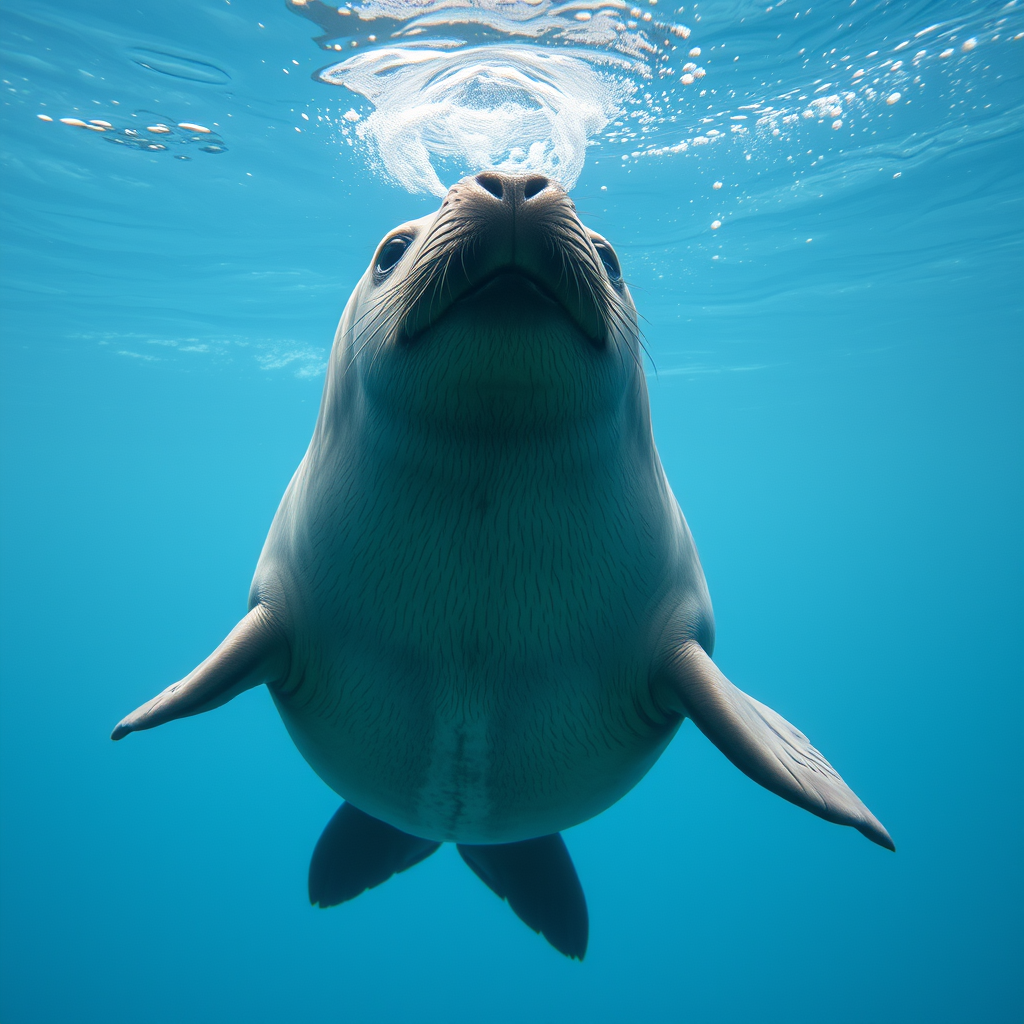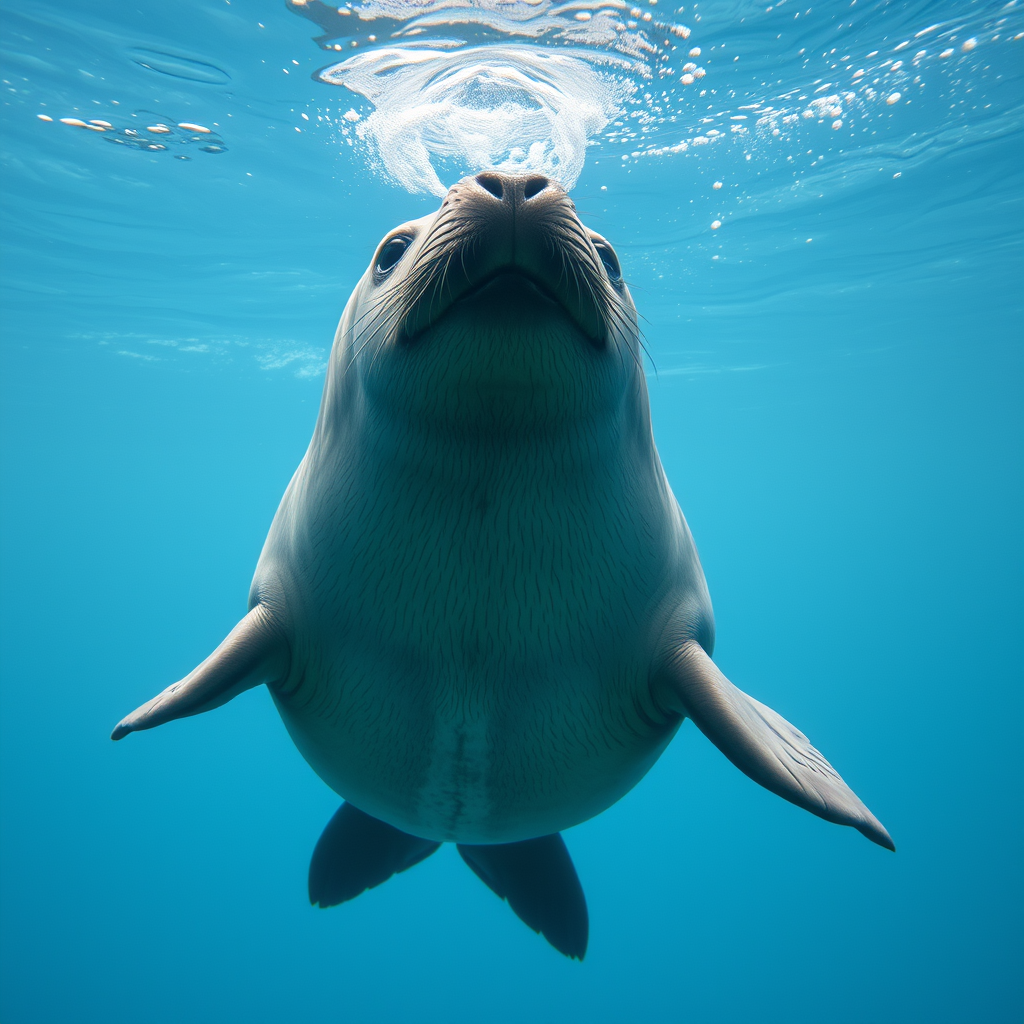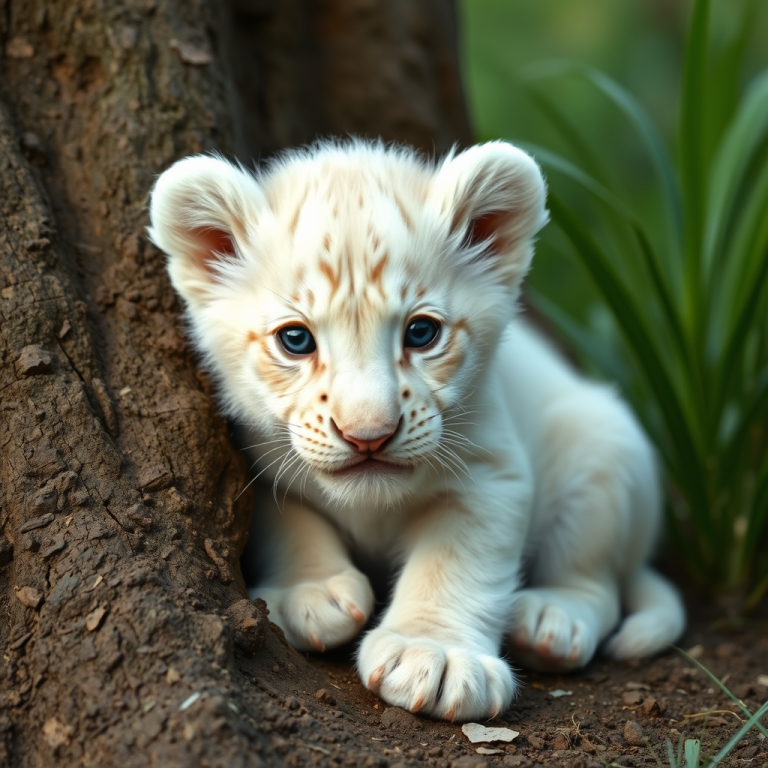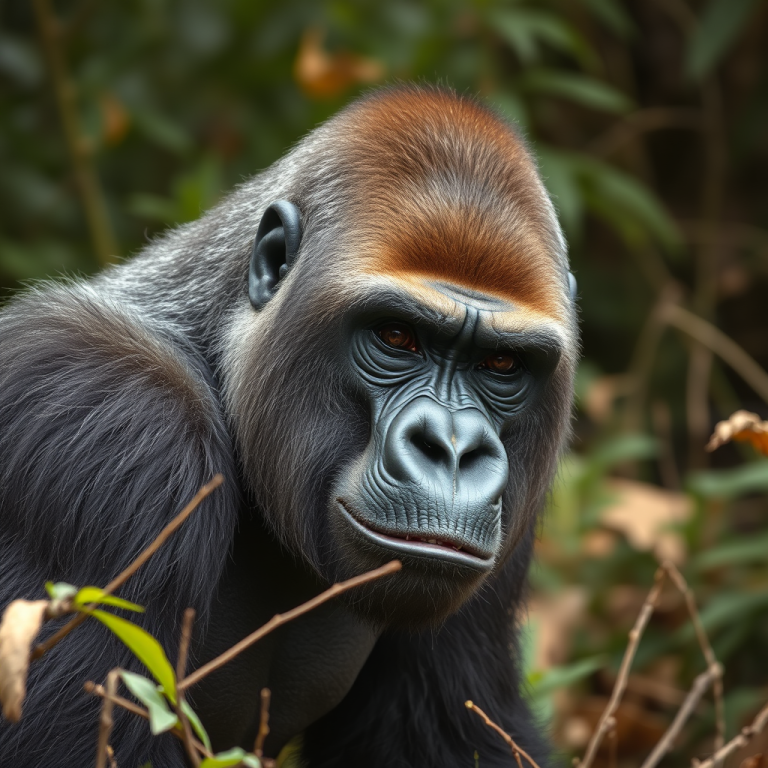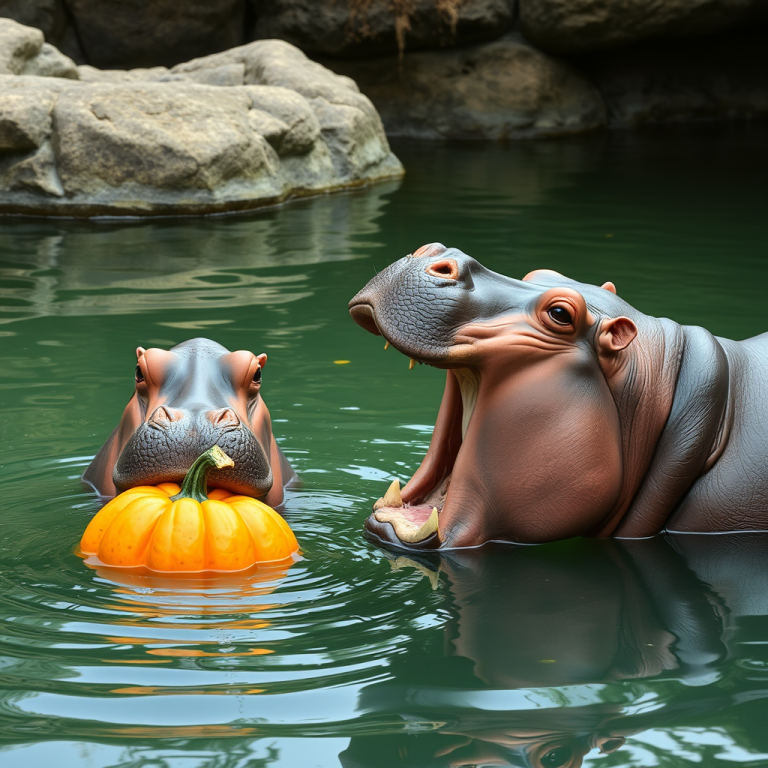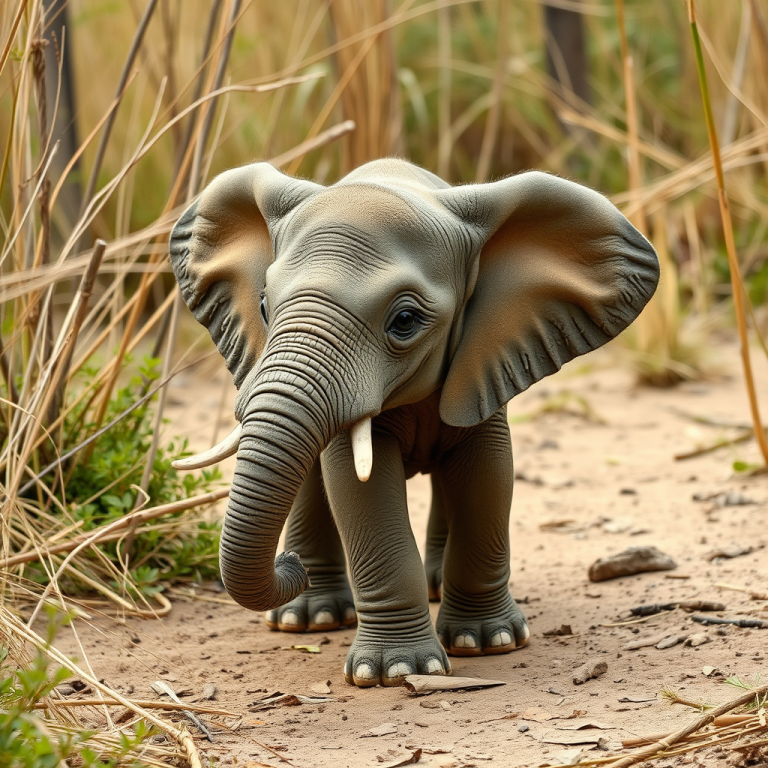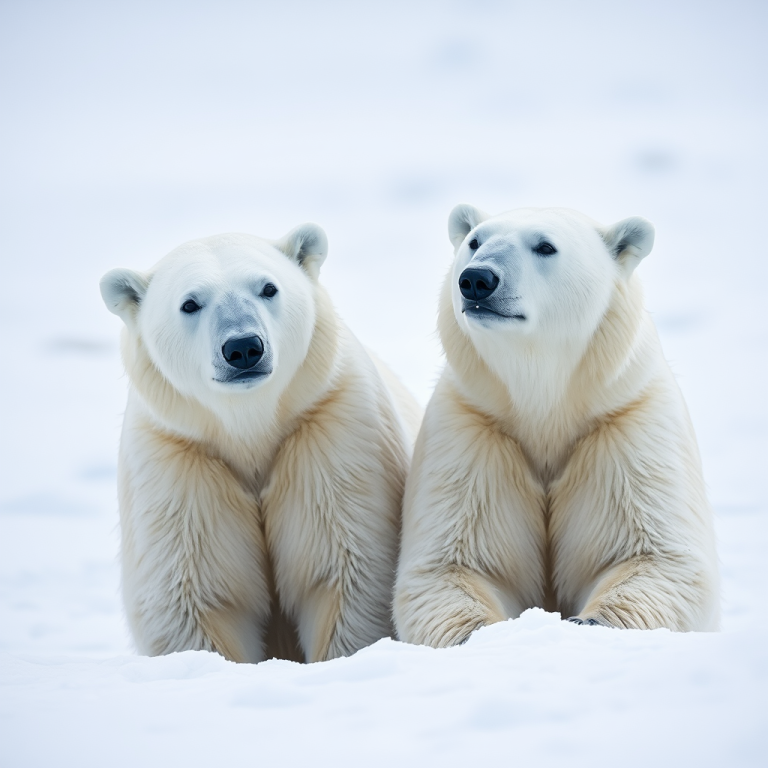Gentle Divers: Seals Underwater and the Magic Below the Surface
Seals are some of the most peaceful and curious animals you’ll find in the ocean. Watching them glide underwater is like watching water itself move—they twist, float, dive, and swirl like dancers in slow motion. Whether they’re playing, hunting, or just drifting, seals turn the underwater world into a quiet stage where everything feels calm and free.
Above water, they may seem clumsy or awkward as they shuffle along rocks or beaches, but the moment they slip beneath the waves, everything changes. It’s in the water that seals come alive.
What Makes Seals Such Good Swimmers?
Seals are built for the ocean. Their bodies are smooth and streamlined, with short fur and a layer of blubber that keeps them warm and helps them float. Instead of legs, they have flippers—long, flexible, and perfect for pushing through water. Their back flippers steer while their front flippers act like paddles, giving them control and speed.
When diving, seals can hold their breath for long stretches. Some species can stay underwater for over 30 minutes at a time. Their hearts slow down, their blood flow changes, and they use stored oxygen efficiently, allowing them to dive deep without needing to surface too often.
It’s one of the quietest kinds of power—no splashing, no struggle. Just movement.
What Do Seals Do Underwater?
A lot, actually. Seals dive to hunt for fish, squid, and crustaceans. They use their sensitive whiskers to detect vibrations in the water, which helps them track down prey even in the dark. They don’t rely heavily on eyesight—especially not in murky or deep areas—so these whiskers are like a secret superpower.
But it’s not all about food. Seals also play. Young seals in particular are known for doing underwater flips, chasing each other, and blowing bubbles just for fun. If you’ve ever seen a seal in a clear pool or ocean cove, you’ll notice how often they twirl and spin. It’s not just instinct—it’s joy.
Do Seals Live in Groups?
Yes, most seals are social. While they often swim alone, they come together in groups—called colonies or pods—when resting, breeding, or raising pups. Underwater, seals may swim close to each other, mimic movements, or follow each other in small groups. It’s a subtle kind of connection. They don’t need noise or touch to stay together—just presence.
Seals also form bonds with their pups. Mother seals teach their young how to swim and hunt, staying close as the pup learns the rhythms of the sea. The pups start clumsy but quickly gain confidence, often mimicking their mother’s movements underwater.
What Does It Look Like Beneath the Waves?
Imagine a soft blur of blue and green. Light filters through the surface in strips. A seal moves through it—graceful, weightless. Air bubbles trail behind as it twists its body, dives toward the seafloor, then loops back up in one smooth motion.
In calm waters, their reflection dances below them. In kelp forests, they weave between tall green strands, chasing fish or just exploring. Watching a seal underwater feels like watching a thought drift—it’s light, slow, and free.
Final Thoughts
Seals underwater are a quiet reminder of how different the world can be when you look below the surface. They may look like lazy beach loungers on land, but beneath the waves, they’re fluid, alert, and full of life. They move with calm strength and playful freedom, showing us that power doesn’t always have to make noise.
Next time you think of seals, picture them not on a rock or a beach—but gliding, twirling, and diving like they were born from the sea itself.
If you’re curious about the wonders of wildlife, stick around—there’s a whole world to explore at Wonder of Wild.
